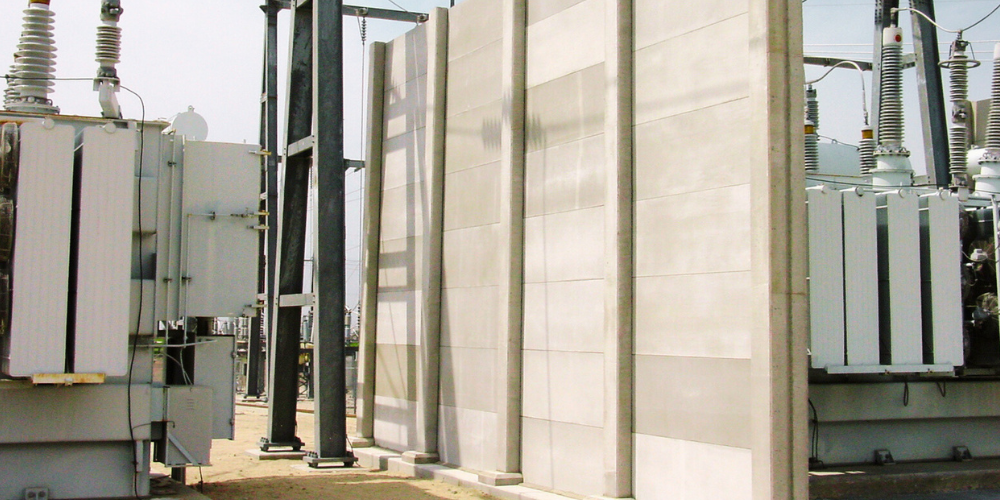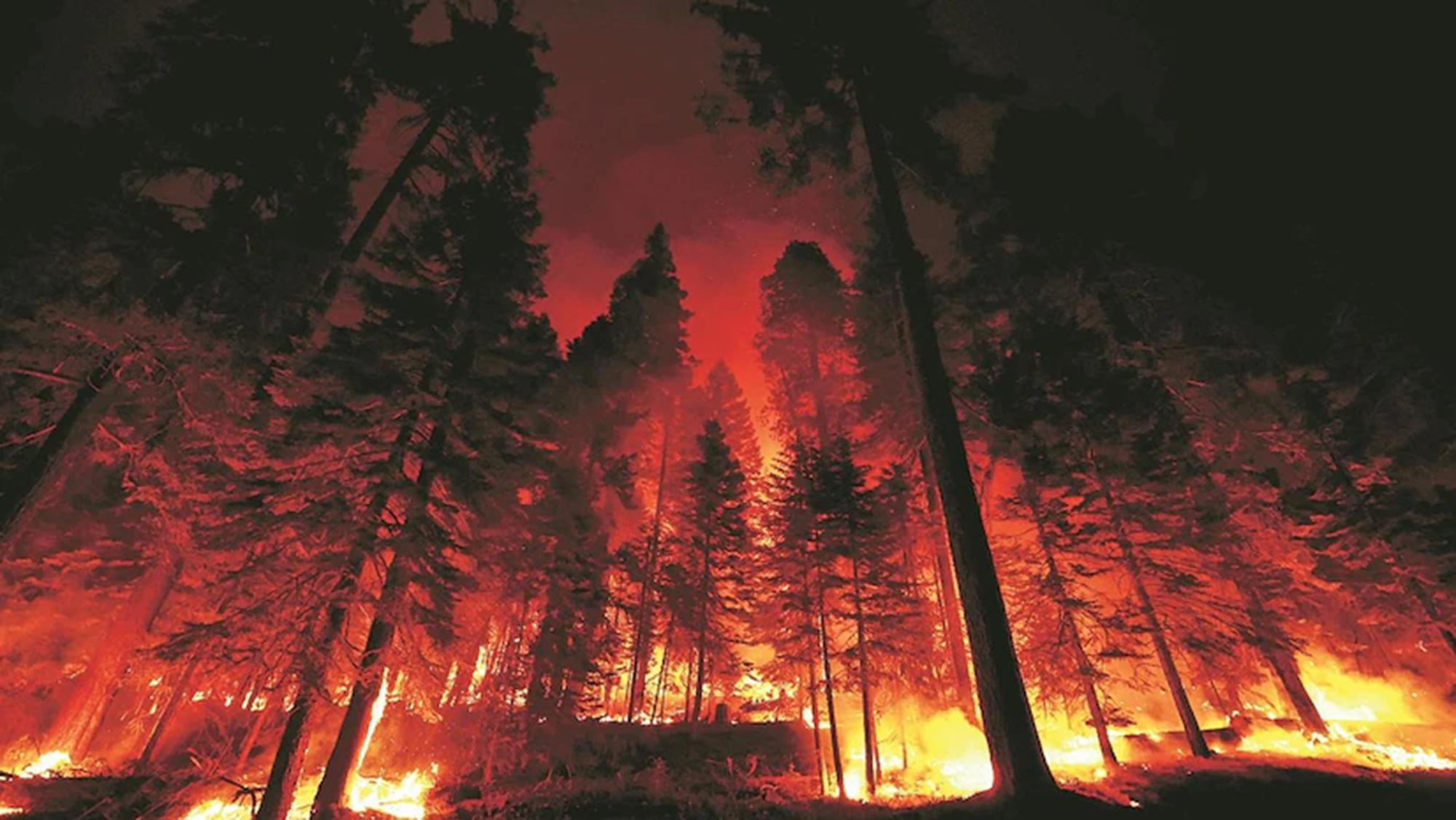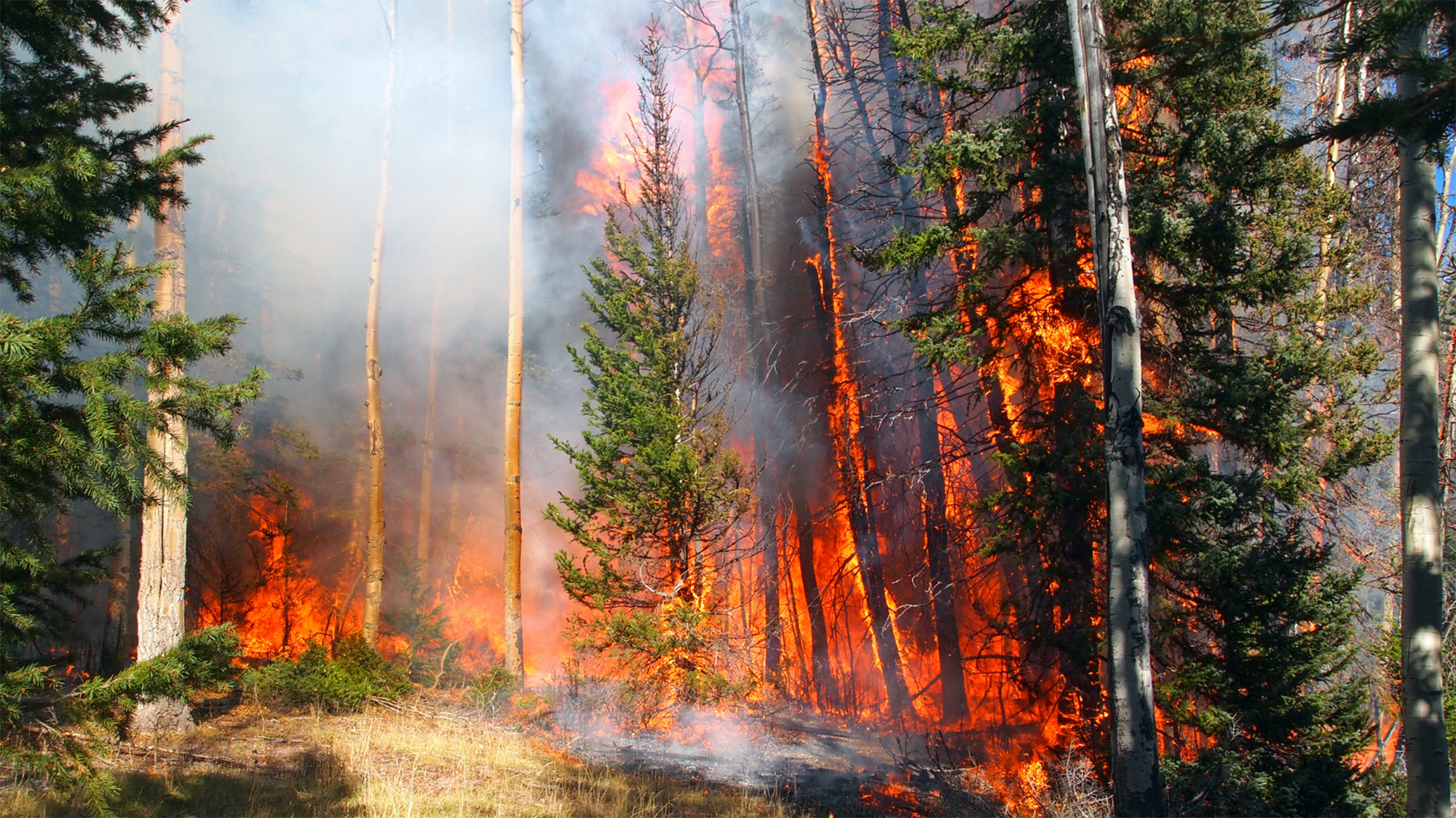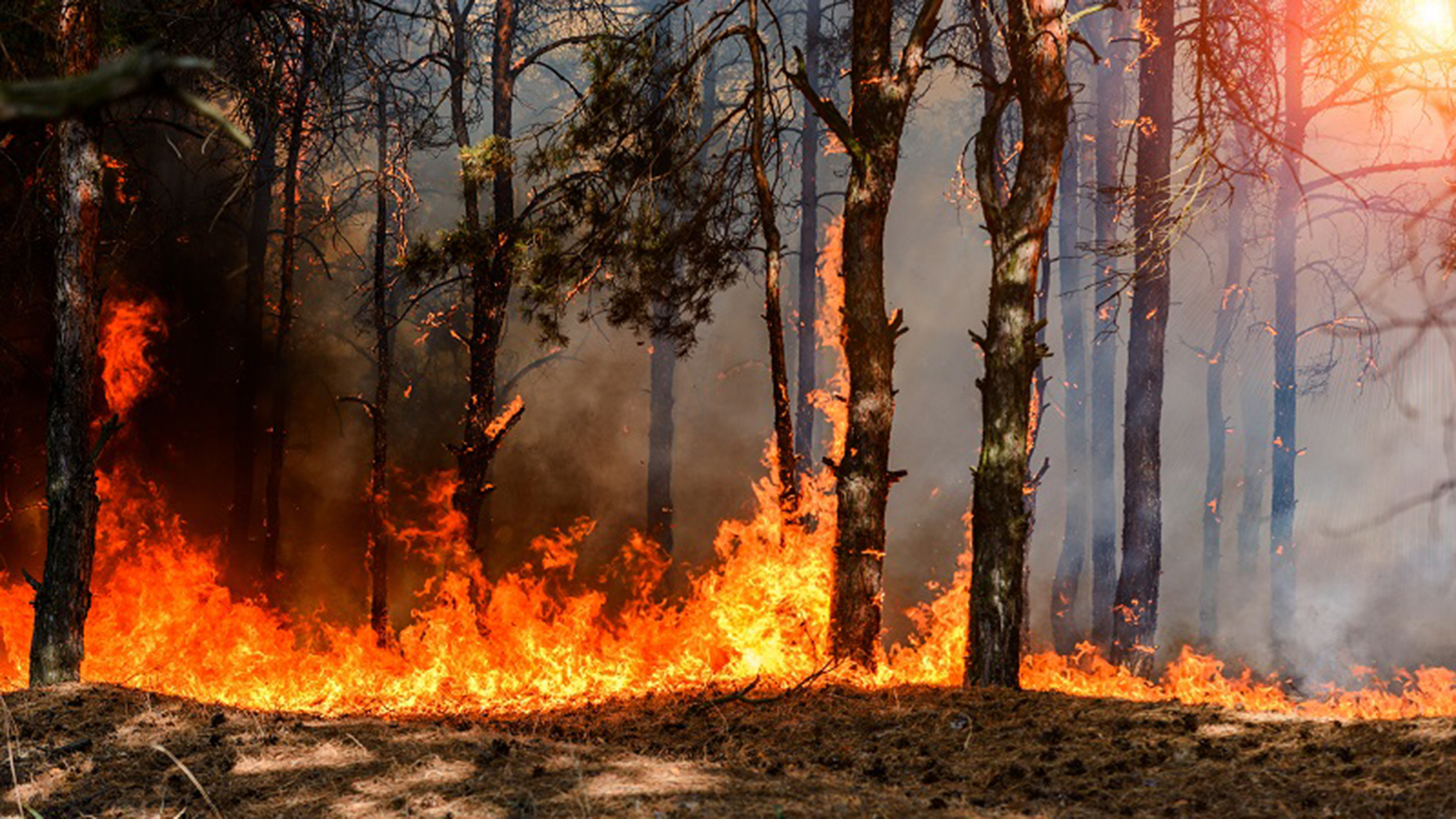November 21, 2023
Protecting the Reliability of the Electrical Grid: More Important Now Than Ever

The first electrical system went up sometime in the early 1900s, with the focus on illuminating the insides of homes and replacing the dangerous gas streetlights prevalent at the time. Fast-forward to the digital millennium, our infrastructure is aging and it is our job to be aggressive in replacing it with options engineered and designed to stand the test of time. We rely more and more on technology – from the internet to medical systems, monitoring devices, even cars – resulting in increasing dependence on our electrical grid. The reliability of this grid is the key to our national security and everyday wellbeing.
In the face of potential disasters from fire, age failure, and even attacks on substations, it’s our job to keep them running and keep them safe. Reliability is the key word for our success in this endeavor: choosing preventative measures and products that will contribute to the protection over time of the grid is paramount.
Firewalls
Within an average substation, transformers – each containing thousands of gallons of oil – stand side-by-side. If one were to catch fire, it would most likely spread quickly to the others. This is where a good, solid firewall comes in. A quality firewall will not only stand between the transformers, but it will also enclose each firewall within a specified fire rating. These firewalls are available non-fire-rated, or with two- or four-hour fire ratings. Four-hour fire ratings are often chosen for rural areas when first responder response time might be longer than average, but the reality is, the four-hour rating option is the best choice. As a transformer burns, they emit ambient heat even with a firewall. A shorter fire rating means potentially greater heat on the other side. And the longer it burns, the more the transformer next door heats up. Given the utter devastation a fire can cause in a substation, why take chances with anything less than a firewall with a four-hour fire rating?
Security walls
Human impact on substations has been in the news with recent acts of vandalism and gun fire attacks. Properly chosen perimeter walls, taking into consideration line of sight, provide a necessary added layer of protection for substations and all that they contain.
Trenches to secure communication lines
Substations are filled with switches and transformers, all of which are now digitally managed. While power cables are up in the air, the substation control cables are housed in trenches in the ground. If cabling is disturbed, control of the substation will be lost. Some of these cables are upwards of 50 years old and have experienced the effects of weather, car impact, and even human impact. Without proper protection, these cables can fray and break, rendering them unusable.
One solution is a belowground, heavy-duty, high-load-resistant trench that safeguards the cabling, that is traffic-rated and improves greatly the reliability of the substation controls.
Creative, modular-based solutions
When trench replacement isn’t an option and protecting the integrity of the cables is top of mind, it’s time to look for an out-the-box solution. Picture a 50-year-old trench filled with old, brittle cables inside a failing concrete trench. How do we replace the trench to protect the cable without touching said cables? Modular enclosure products have been used creatively in such cases. No heavy equipment was needed for installation, a huge plus in the traditional space congestion found in your average substation.
As we work to maintain the electrical infrastructure, we should not be afraid to get creative in determining long-term solutions, staying focused on finding ways to accomplish the goal without causing planned or unplanned outages.
Products that securely protect the electrical grid are important now, and their importance will continue to grow over the coming decades. Now is the time to build the infrastructure for technology we don’t even know is coming.



